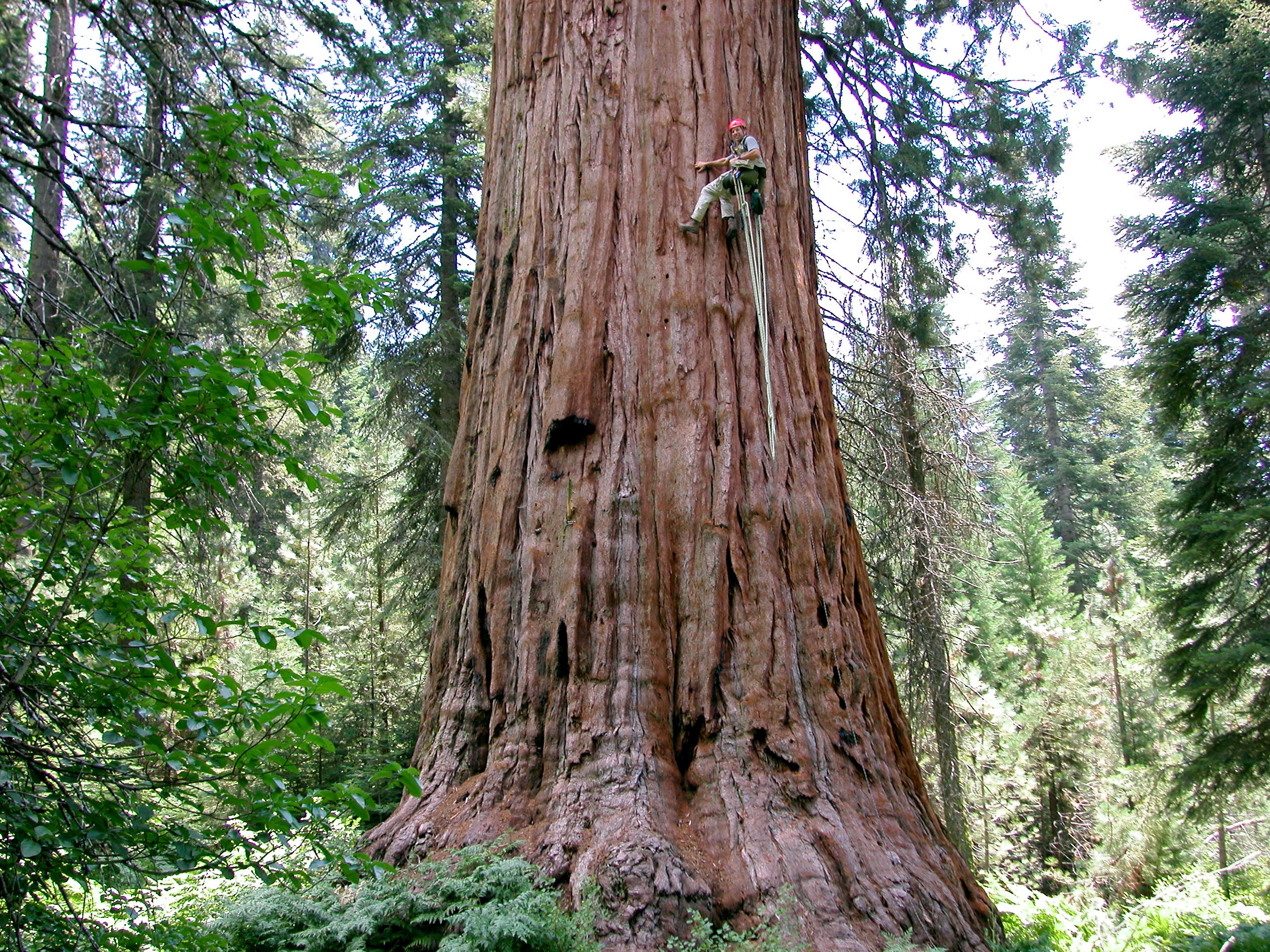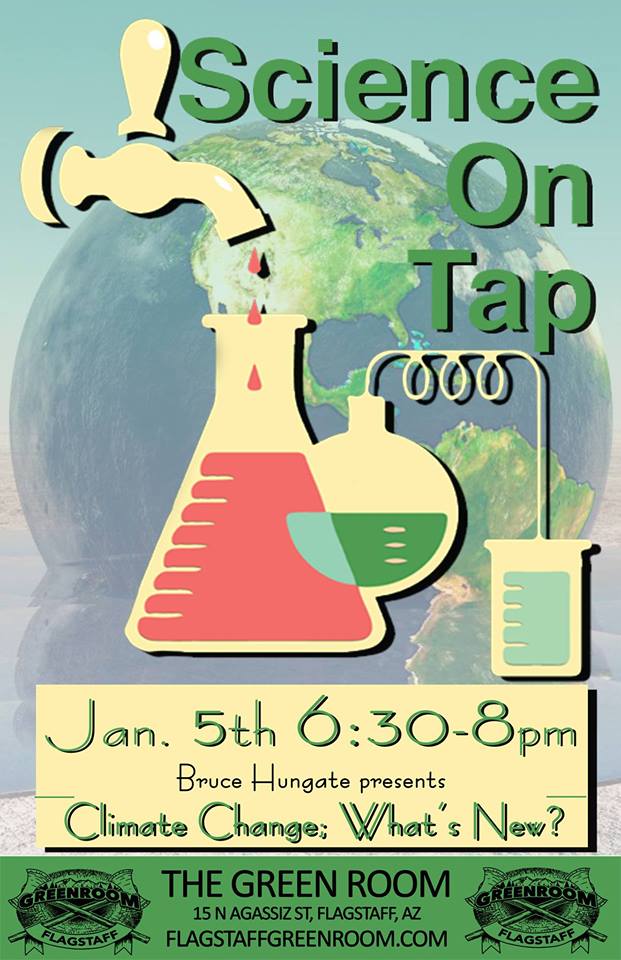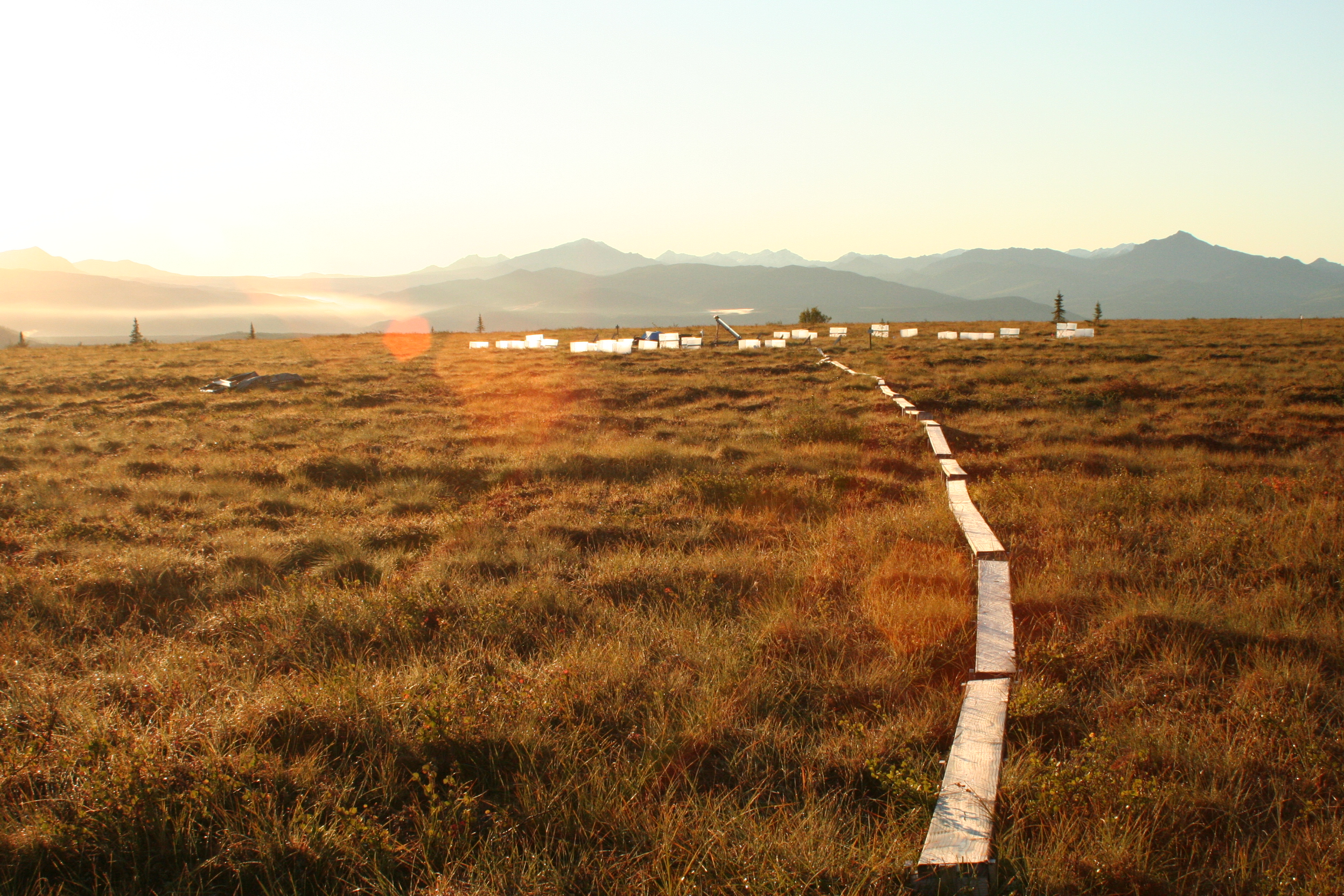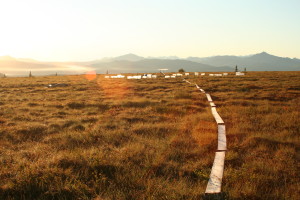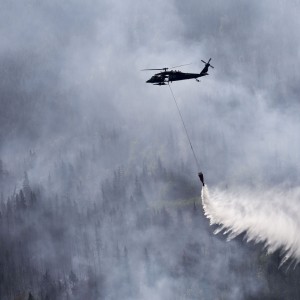Linking Biodiversity and Ecosystem Services: Current Uncertainties and the Necessary Next Steps
Understanding when biodiversity conservation and ecosystem-service maintenance are compatible is needed within the Intergovernmental Platform on Biodiversity and Ecosystem Services (IPBES). Here, we evaluate current understanding and uncertainties of the effects of biodiversity change on selected ecosystem services and suggest ways to further understand the links between biodiversity change and […]
